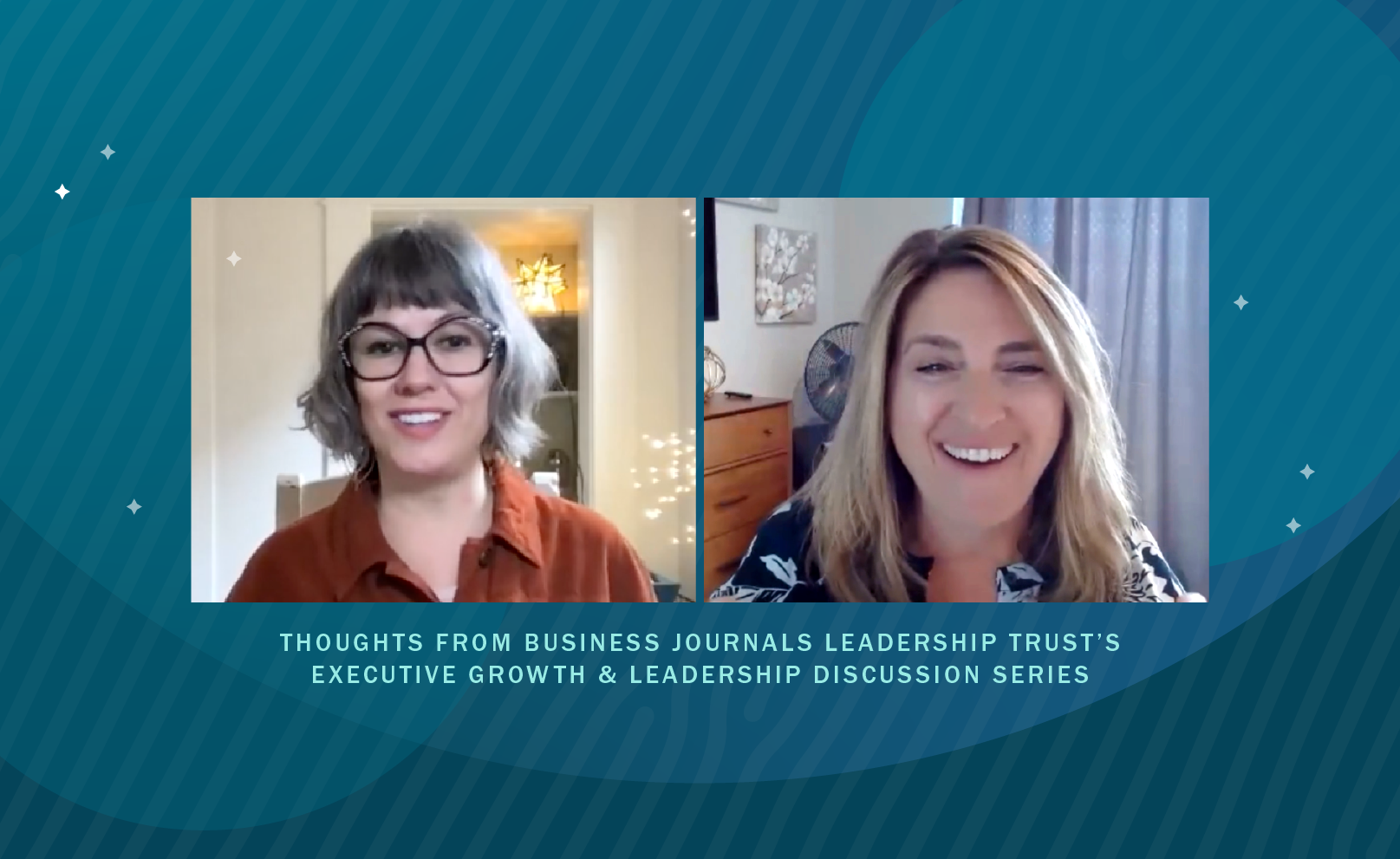
How do you know a person is the right fit for your company? When you do find the right people, how do you keep them? Our CEO, Chris Adams, sat down with Mary Axelsen in a discussion about talent management to answer these questions and more.
This chat is part of a Business Journals Leadership Trust’s Growth and Leadership discussion series. Mary is the Founder & CEO of WeMaax Consulting, where she helps leaders grow purposeful and diverse teams. She has some powerful perspectives on talent assessment and the importance of developing leadership skills. Here are three that stood out to us:

1. Define Your Company Profile
Before you can find a good fit for a role, Mary explains that you first have to define company culture and understand the profile of the organization. Are you a startup that needs high agility performers? Are you more established and need stability to maintain the systems in place?
Next you need to outline the profile of the position. What are the particular skills needed for that role and how does it fit within the structure of the company? The profile of the company overlaps with the profile of the position, creating a map for that particular role.
2. Start Developing a Succession Plan
[transcript from video]
Mary: What I would be asking for [company leadership] to do is starting to build out what the profile would need to look like, beyond the technical skills, which tends to be the easier part of it.
What are those softer skills? And also what are the skills that are going to align with the culture of the organization? And then how do the [leaders] start building relationships.
Network with organizations that start to be a potential talent pipeline for you from an external perspective. You are now building a relationship with an association, an organization that becomes your talent pool. If that individual leaves, you’re not starting from, “Oh, I have to post a job and see if I can find someone.” I’ve now created a small pool of candidates for myself that I can pull from.
Have that as an expectation and a responsibility of knowing the profile that [an employee] would need for their successor. Start networking and building relationships and building out that pool.
3. What Do Employees Want?
Employee expectations have shifted since the pandemic. Mary shared that the current number one indicator of employee retention is company care and concern for employees (Korn Ferry, 2022).
The second indicator of employee retention is trust and confidence in the senior leadership team. Hiring upper level employees with effective leadership skills is critical to keep talent and reduce turnover.
Along with trust in senior leadership, employee retention is also tied to their opportunities to grow and learn within the company. Invest in internal corporate learning and development, or hire an outside company to manage it for you.
Want to Continue the Conversation?
The BJLT Growth and Leadership discussion series is a members-only event. Learn more about the BJLT and what is required to become a member.
Reach out to Chris on LinkedIn with your thoughts on building company culture and hiring good leaders.